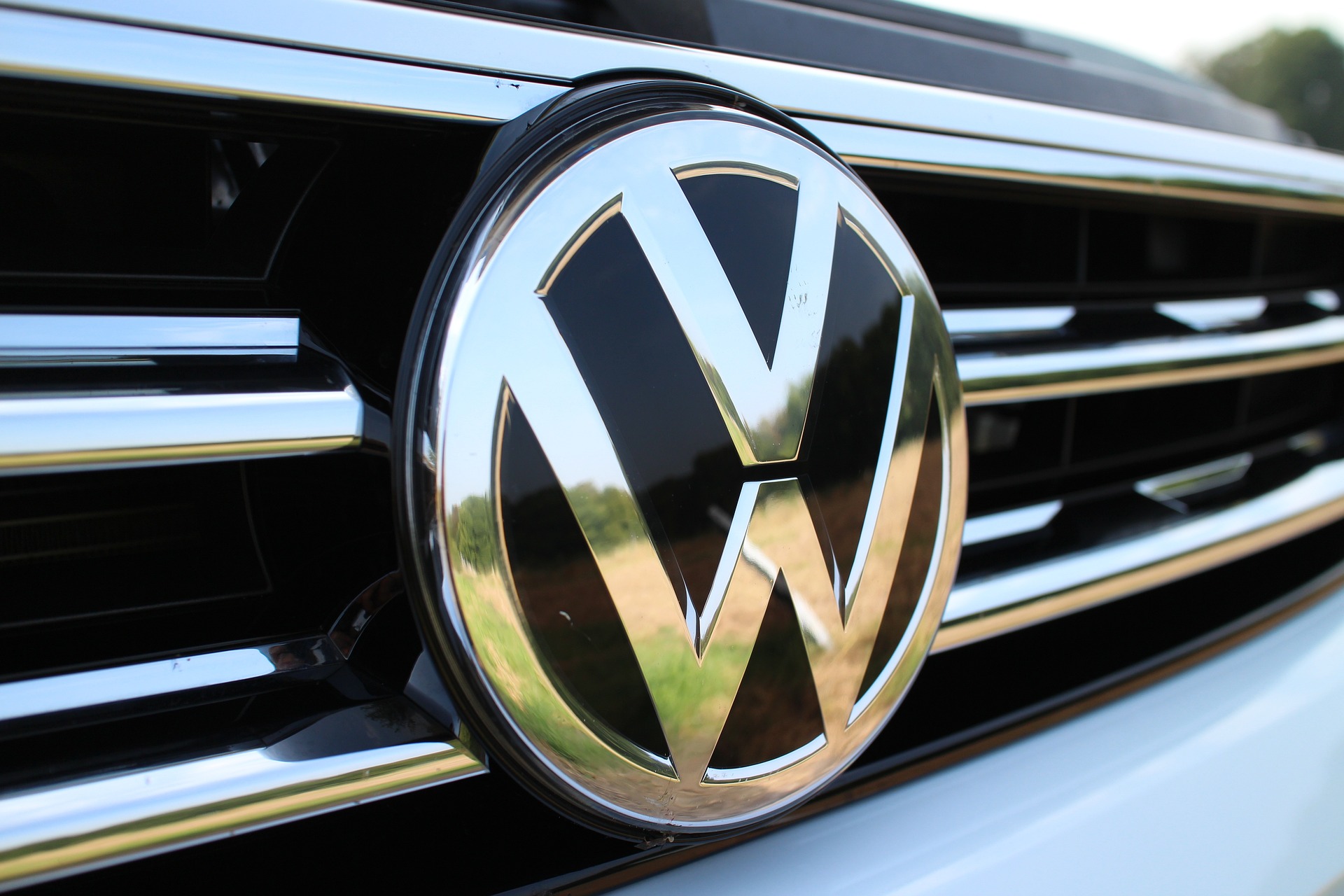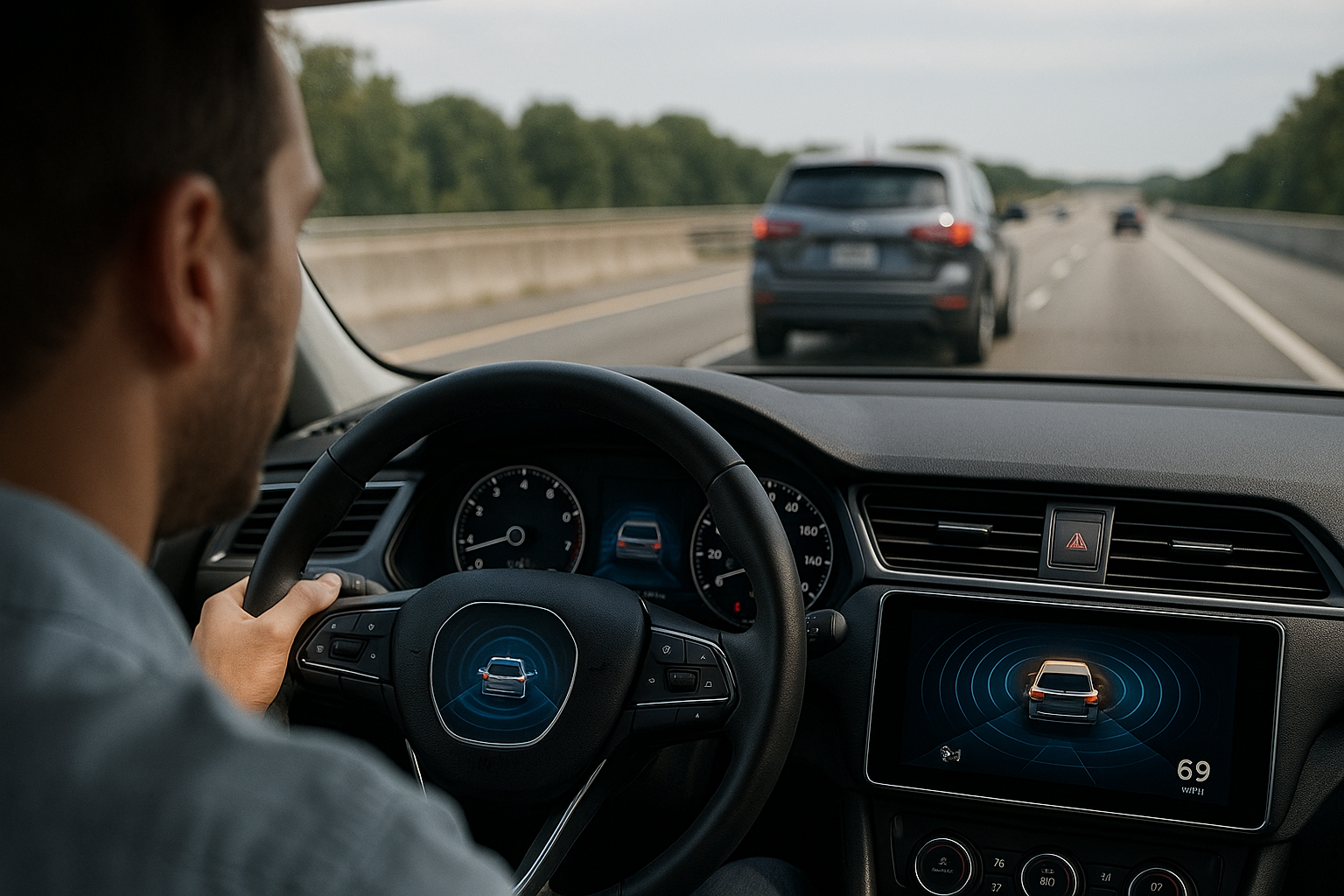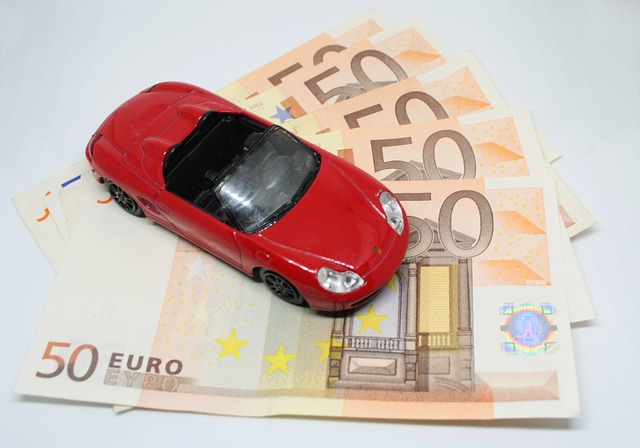Torque Vectoring: Delivering Precision and Balance in Modern Cars
The world of automotive engineering is a constant race to innovation. Engineers and designers relentlessly pursue the perfect blend of performance, safety, and comfort. Today, we delve into the world of "Torque Vectoring", an automotive technology that is revolutionizing the way cars handle and perform.

Torque Vectoring: A Brief Historical Context
Torque vectoring is a relatively recent addition to the automotive world. Its genesis can be traced to the late 1980s when engineers began exploring ways to improve vehicle handling through better torque distribution. The technology was first seen in off-road vehicles, where uneven terrain presented a challenge to conventional drivetrains. Over time, torque vectoring was refined and adapted to a broader range of cars, notably the high-performance segment. The past decade has seen it become a standard feature in many luxury and performance vehicles.
The Mechanics Behind Torque Vectoring
In essence, torque vectoring is a control system that distributes torque between the wheels of a vehicle. It works by varying the power sent to each wheel, allowing for precise control over the vehicle’s direction. This is achieved through a series of sensors that monitor various parameters such as wheel speed, steering angle, and lateral acceleration. This data is then processed by a special control unit that adjusts the torque distribution accordingly.
Current Trends and Applications in the Industry
Today, torque vectoring is no longer exclusive to the realm of high-performance vehicles. More and more manufacturers are incorporating it into their mass-market models, leveraging the technology’s ability to enhance handling and stability. Some brands have taken the concept further by developing proprietary systems, each with its unique approach to torque vectoring.
For instance, Audi’s Quattro with Sport Differential can actively distribute torque not only between the front and rear axles but also between each rear wheel. On the other hand, Acura’s Super Handling All-Wheel Drive (SH-AWD) uses torque vectoring to improve handling and fuel efficiency.
The Impact of Torque Vectoring on Driving Experience
So, what does torque vectoring mean for the driver? Put simply, it results in a car that handles better, feels more stable, and is more enjoyable to drive. By improving the distribution of torque, the vehicle can navigate corners more precisely, reducing understeer and oversteer and increasing stability. Moreover, the enhanced grip and traction translate into better acceleration and braking, contributing to a safer and more dynamic driving experience.
Balancing the Benefits and Challenges
While torque vectoring brings many benefits, it’s not without its challenges. The complex systems involved increase the vehicle’s weight and cost, and the technology requires a high level of maintenance to ensure optimal performance. However, with the rapid advancements in automotive technology, it’s likely that these challenges will be mitigated in the future.
Torque vectoring is a shining example of how technology can transform the driving experience. As it becomes more common and accessible, it will undoubtedly continue to shape the future of automotive engineering and design. It’s a testament to the relentless pursuit of perfection in the automotive world - a world where innovation is always just around the corner.




